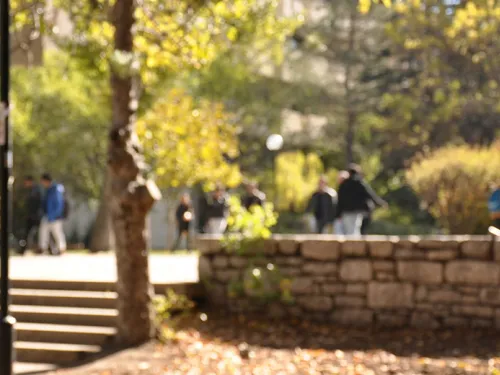by: Jinnie Array
September 18, 2015
On Monday, Ahmed Mohamed, a fourteen year old high school freshman with a talent for tinkering and technology, brought a homemade digital clock he constructed to school to show his teachers. His engineering teacher was impressed but later in the day when it beeped during English class, Ahmed’s troubles began. He showed the device to his English teacher who notified school officials who then notified the police. “She thought it was a threat to her,” Ahmed said, “so it was really sad that she took a wrong impression of it.”
The clock was confiscated and Ahmed was suspended from school for three days. After being questioned at school by police officers, Ahmed was put into handcuffs and brought to a juvenile detention center where he was fingerprinted and had his mug shot taken. Since that time, the charges have been dropped.
Ahmed’s story quickly precipitated a national outcry on social media where messages of support came from Mark Zuckerberg, Secretary of State Hillary Clinton and President Obama, who extended a special invitation to Ahmed to the White House for Astronomy Night in October. White House press secretary Josh Earnest said, “This episode is a good illustration of how pernicious stereotypes can prevent even good-hearted people who have dedicated their lives to educating young people from doing the good work that they set out to do.” Conversely, Irving Police Chief Boyd said this matter was not caused by stereotypes and “would have been the same regardless” of his religion.
While we were not on the ground at MacArthur High School on Monday, we acknowledge that school security is critical and school violence is always on the minds of school staff, whose job it is to remain vigilant. In addition, this incident raises questions about stereotypes and the possibility of implicit bias. It is also very important that school staff get to know students to prevent making assumptions or forming “wrong impressions,” as Ahmed aptly put it. He is obviously a young person who loves technology and making things. The question for us to ponder is: Are all students regarded as threatening because they make a quirky clock or can a student’s gender, religion and national origin be a factor in our own evaluation of what feels threatening?
The school year in Irving began on August 24 so this week marks the fourth week of school, ample time to see what everyone else is seeing now—that Ahmed appears to be a bright and inquisitive teenager with a passion for STEM (Science, Technology, Engineering and Mathematics). He nobly stated that he wants to use this moment to “try my best not just to help me but to help every other kid in the entire world that has a problem like this.” He’s talking about stereotyping, and he’s right.
Whether this was a situation of miscommunication, bias or something else, educators should be mindful that context is important. Muslims are regularly marked by the stereotype of “terrorist” which has implications for how welcome or unwelcome Muslims often feel in their communities and on school campuses. For educators committed to their role as leaders in building respectful learning environments , combating bias and proactively teaching about race and racism, this context should be considered and managed in a way that meets multiple goals: safety and inclusion.
As we start the new school year, Ahmed’s story is an important reminder to explicitly teach about stereotypes, bias and discrimination, that unconscious bias can seep into all of our interactions—both large and small and that implicit bias can shape our assumptions and expectations about others. Most importantly, creating an anti-bias learning environment and integrating culturally responsive teaching practices goes a long way toward assisting educators in knowing their students and treating them with respect.










